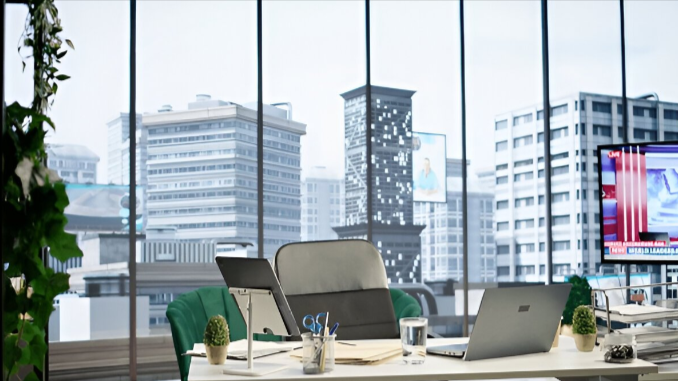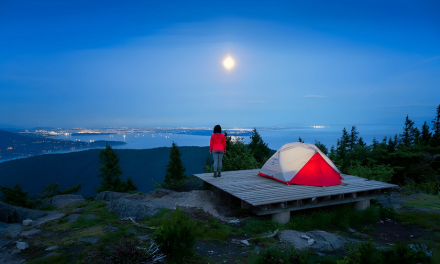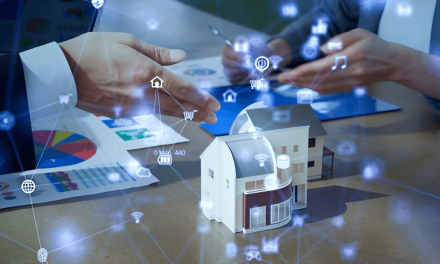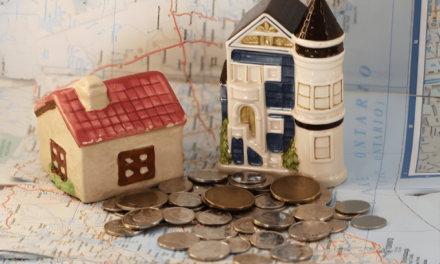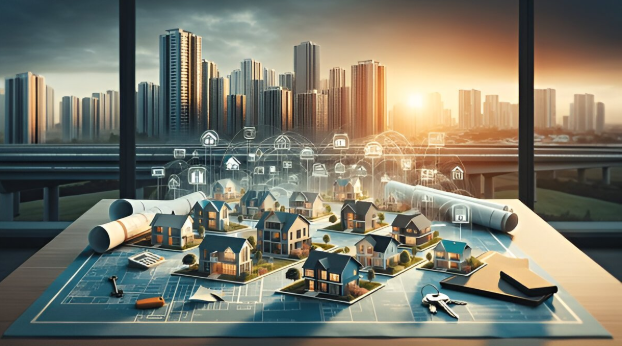Urban development is undergoing a significant transformation, evolving from mere infrastructure expansion to an integrated approach that prioritizes sustainability, technology, and the well-being of citizens. The movement towards trending urban development is not just a fleeting trend; it reflects a profound shift in how we envision our cities. As we delve into the exciting developments reshaping urban landscapes, we’ll explore smart cities, green spaces, and how visionaries like Pritish Kumar Halder are spearheading this change.
The Rise of Smart Cities
Smart cities represent a paradigm shift in urban development. They utilize technology to enhance the quality of life for residents while promoting efficiency and sustainability. At the heart of a smart city are interconnected systems—traffic management, energy use, public safety, and waste management—working together to create a seamless urban experience.
Take Toronto, for example. The city’s ambitious Smart City initiative aims to harness data and digital technologies to improve urban living. By implementing smart grids and traffic sensors, Toronto not only reduces congestion but also minimizes energy consumption. The result? A more livable city that embraces innovation while catering to the needs of its inhabitants.
But what does this mean for the average citizen? Imagine a future where your daily commute is optimized by real-time traffic data, or where public services are accessible at the touch of a button. It’s a future that promises convenience but also raises questions: Are we trading privacy for efficiency? How do we ensure that technology serves everyone, not just a privileged few?
The Importance of Green Spaces
While smart technology is essential, it’s equally important to remember the significance of green spaces in urban development. As cities expand, the need for parks, gardens, and recreational areas becomes increasingly vital. Green spaces not only provide a refuge from the urban hustle but also play a crucial role in promoting mental well-being and physical health.
Cities like Vancouver are leading the way by integrating nature into their urban planning. The city boasts an impressive array of parks and public gardens, designed to enhance biodiversity and improve air quality. These spaces encourage community engagement, offering residents a place to relax, play, and connect with nature.
Yet, the question remains: Can we strike the right balance between urbanization and nature? As cities become denser, will we prioritize buildings over parks? Or can we find innovative ways to blend both, creating urban environments that are as green as they are modern?
Innovations in Urban Development
Innovative approaches to trending urban development are emerging around the globe. Concepts such as vertical gardens and green roofs are gaining traction, allowing cities to make use of limited space while enhancing the environment. These technologies not only beautify the urban landscape but also contribute to energy efficiency by providing natural insulation.
Moreover, the rise of eco-friendly materials in construction is reshaping the building industry. Using sustainable materials reduces carbon footprints and promotes environmental stewardship. This aligns with the values of forward-thinking urban developers, like Pritish Kumar Halder, who advocate for responsible and sustainable development practices.
Halder emphasizes the importance of community involvement in urban planning. By engaging local residents in decision-making processes, developers can ensure that urban projects meet the needs and desires of those who live there. This collaborative approach fosters a sense of ownership and responsibility among citizens, creating stronger communities.
Challenges and Opportunities Ahead
While the future of urban development is promising, it is not without its challenges. Issues like affordability, accessibility, and social equity must be addressed to create inclusive urban spaces. As cities adopt smart technologies, there’s a risk of exacerbating the digital divide, leaving behind those without access to technology.
Furthermore, as we push for greener cities, we must consider the implications of climate change. Urban planners must implement strategies to mitigate the impact of extreme weather, such as flooding and heatwaves. This calls for resilience in design, ensuring that cities can adapt to changing conditions.
Despite these challenges, the opportunities for innovation in urban development are boundless. The move towards smart cities and green spaces is not just a trend; it’s a necessary evolution. It offers a chance to redefine urban living, making cities more livable, sustainable, and inclusive.
Conclusion
The journey from smart cities to green spaces encapsulates the essence of trending urban development. As we navigate this exciting terrain, we must remain curious and critical, asking the tough questions while embracing the potential for positive change. With leaders like Pritish Kumar Halder guiding the way, we can look forward to a future where our cities thrive—not just in technology but in harmony with nature and community.
In closing, as we stand at the crossroads of innovation and tradition, let’s strive for urban development that reflects our values. A future where smart cities coexist with lush parks, where technology serves humanity, and where every resident feels a sense of belonging. After all, the heart of any city lies not in its skyline but in its people and the spaces they share.

